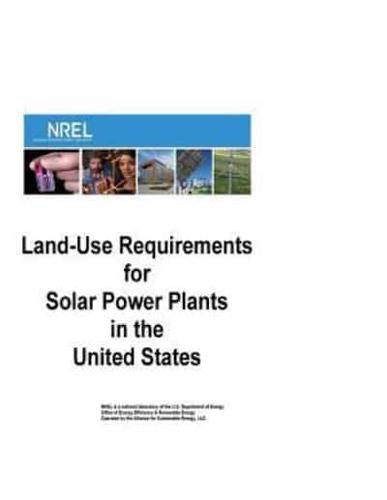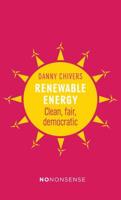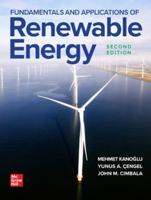Publisher's Synopsis
By the third quarter of 2012, the United States had deployed more than 2.1 gigawatts (GWac) of utility-scale solar generation capacity, with 4.6 GWac under construction as of August 2012 (SEIA 2012). Continued growth is anticipated owing to state renewable portfolio standards and decreasing system costs (DOE 2012a). One concern regarding large-scale deployment of solar energy is its potentially significant land use. Efforts have been made to understand solar land use estimates from the literature (Horner and Clark 2013); however, we were unable to find a comprehensive evaluation of solar land use requirements from the research literature. This report provides data and analysis of the land use associated with U.S. utility-scale ground-mounted photovoltaic (PV) and concentrating solar power (CSP) facilities. After discussing solar land-use metrics and our data-collection and analysis methods, we present total and direct land-use results for various solar technologies and system configurations, on both a capacity and an electricity-generation basis. The total area corresponds to all land enclosed by the site boundary. The direct area comprises land directly occupied by solar arrays, access roads, substations, service buildings, and other infrastructure. We quantify and summarize the area impacted, recognizing that the quality and duration of the impact must be evaluated on a case-by-case basis. As of the third quarter of 2012, the solar projects we analyze represent 72% of installed and under-construction utility-scale PV and CSP capacity in the United States. Table ES-1 summarizes our land-use results.








